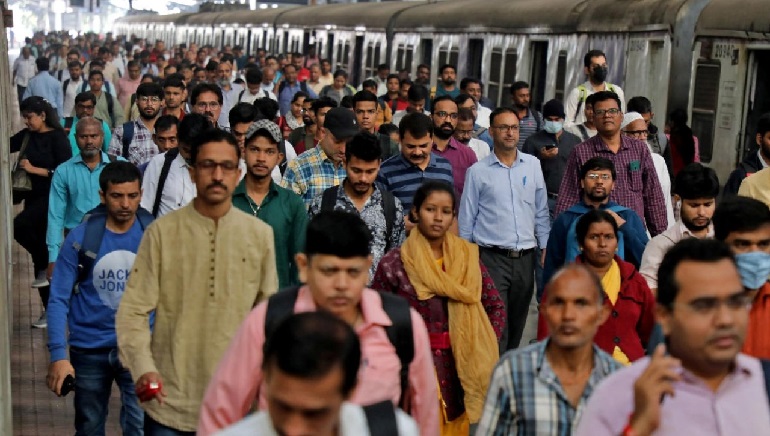India is now the world’s most populous country, according to the United Nations.
The country has surpassed China in population, says the United Nations Population Fund (UNFPA) report titled ‘The State of World Population Report, 2023’. The report found India’s population to be 1.4286 billion, while China’s population stands at 1.4257 billion, making a difference of 2.9 million. Since 1950 when the UN started to collect population data, it is the first time that India’s population has overtaken China’s population.
New Delhi is the most populated city in India with 30 million inhabitants in and around NCR. The Indian capital could have been the 50th most populated country in the world if it were a nation. Delhi is followed by Mumbai (20 million), Kolkata (15 million) and Bengaluru (12 million) in terms of population.
The UN report shows that 25% of India’s population falls within the age group of 0-14, 18% in the age group of 10-19, 26% in the age group of 10-24, 68% in the age group of 15-64, and 7% above the age of 65. What’s interesting to experts is the country’s demographic diversity among states, which provides unique opportunities to reap the benefits of demographic dividends. The different states are in various stages of demographic transition, and an aging population in southern India can meet its labour demands from the greater proportion of the youthful population in the northern and eastern parts of the country through favourable policies on inter-state migration, said the UN report.
While India’s population growth rate has been declining since 1980, it has twice as many new babies as China, with double the total fertility rate. This factor means that India’s population will be much more substantial than China’s in the long run.















